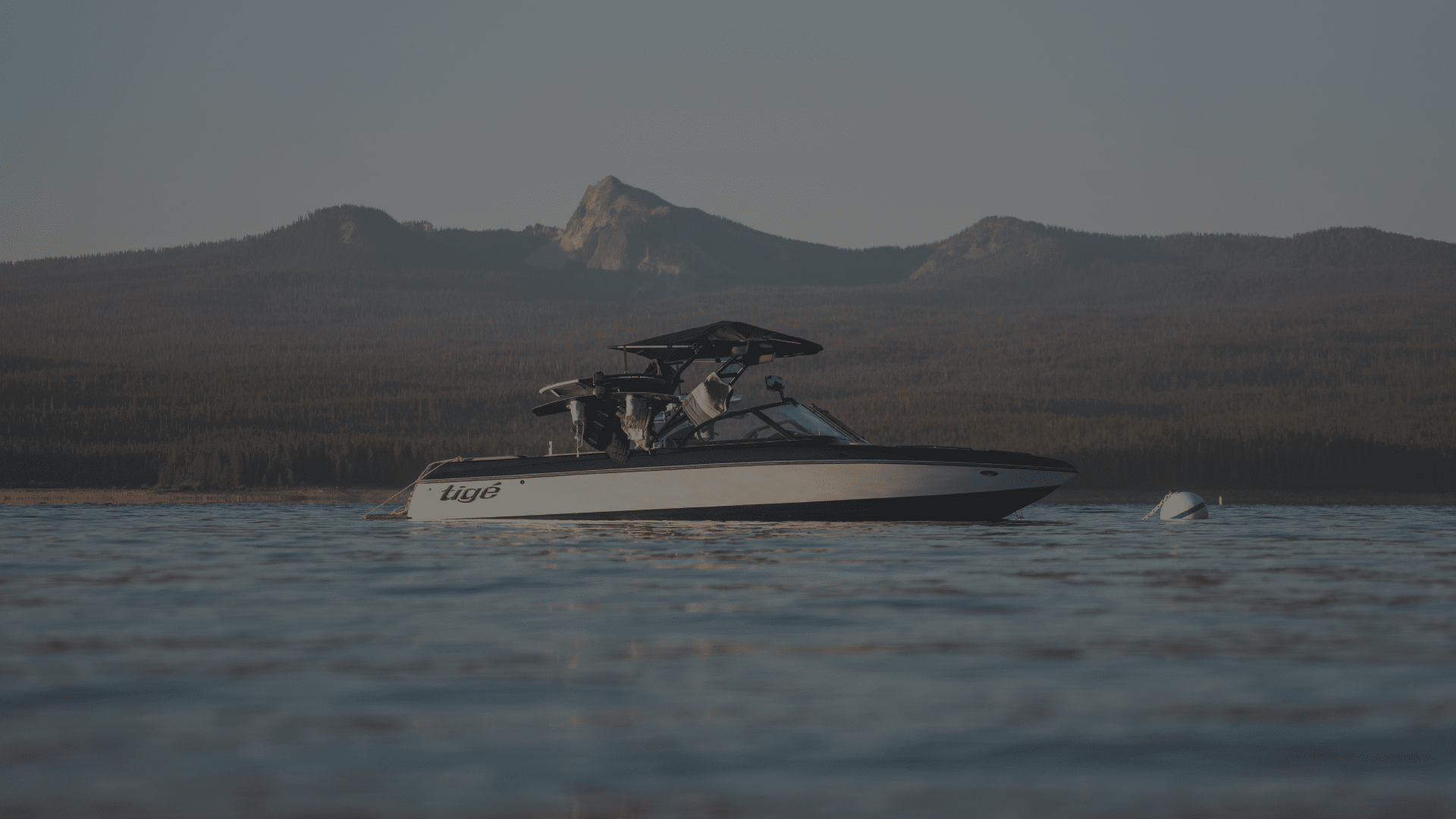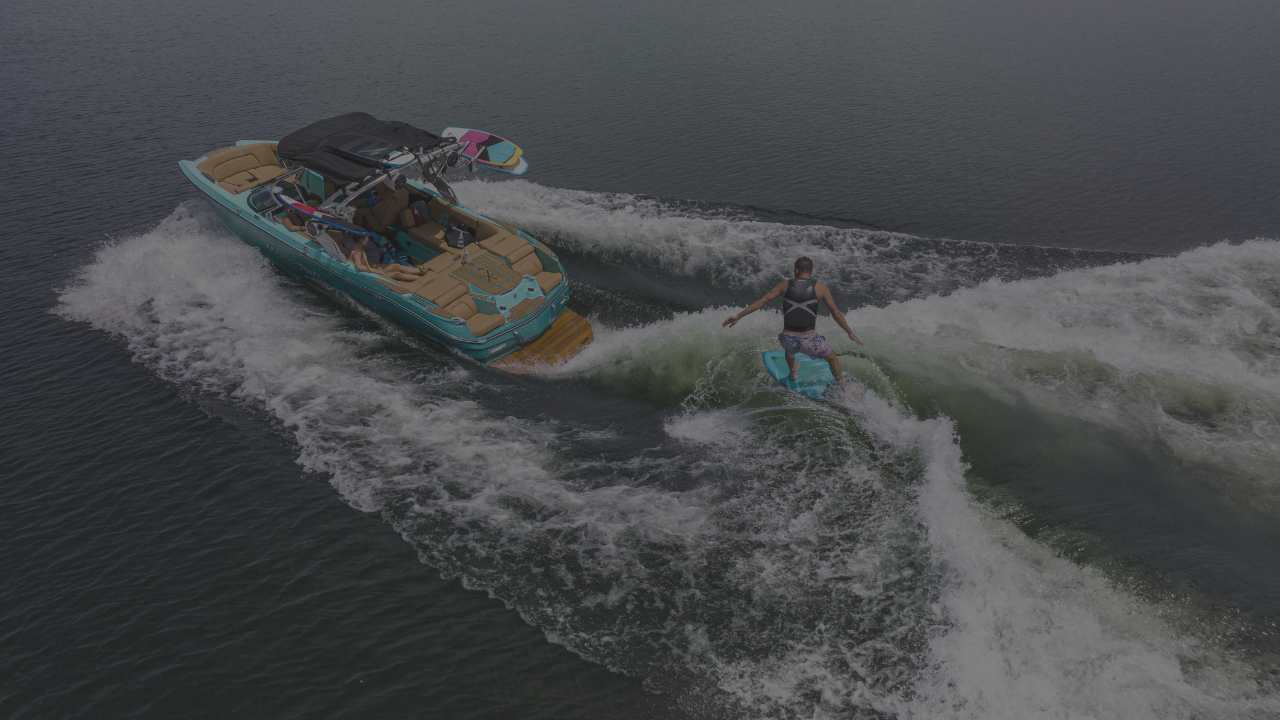Marine Audio Buyer's Guide
When it comes to boat upgrades, designing a marine stereo system can greatly improve the enjoyment of your time on the water. A marine audio system is specifically designed to withstand a more demanding outdoor environment, including exposure to water, salt, and the sun's UV rays. Installing a marine audio system can not only improve the sound quality, but also increase the value and appeal of your boat. This article will provide a summary and overview of the basics of a stereo system for a boat application.
Table of Contents:
Marine Stereo Head Unit or Source Unit
The first thing to consider is your source unit, or where the music will come from. Historically this would be an AM radio, then an FM radio, then an eight track player, then a cassette deck, then a compact disc player, and then maybe an MP3 player connected to a stereo in a vehicle in more recent times.
Today, the most common approaches are to make use of a source unit that has one or multiple sources built in, FM radio, AM radio, XM radio capability for satellite playback, an MP3 player, Bluetooth streaming functionality to connect to your phone and access your phone's media, or to use your phone as the source unit and pipe the audio from your phone into the stereo. This is increasingly more common with streaming services like Spotify, Pandora, Apple Music, Amazon Play, Google Play, et cetera.
Marine Stereo Amplifier
The next topic of conversation is the amplifier, or how to increase the output of the music signal to the point where it can be heard. Many source units include a built-in amplifier, which is one of the advantages of using a source unit. Their power is limited, and the number of channels or speakers that they're capable of powering is also limited. For a modest stereo system consisting of just four in boat speakers for casual listening, primarily when the boat is stopped and you're floating, a source unit and its built in amplifier may be sufficient.

The Roswell R1 Pro Tower Speakers in action.
If you're looking for a stereo system that has tower speakers, allowing the rider to hear the music while the boat's running at speed, or if you're planning on adding a subwoofer to round out the entire frequency spectrum of the music, you'll definitely need an external amplifier. For most marine audio applications, the sound floor, or the background noise due to the noise of the engine, wind, and the water spray, dictates that an external amplifier is necessary in order to be able to clearly hear the music over the background din.
The number and type of amplifiers will depend on the complexity of the stereo system that you're building. Generally speaking though, the number of channels the amplifier provides of power, will correlate to the number of speakers that you're using. It is of course possible, to use both the in board amplifier in the source unit, and an external amplifier. In the scenario where you power the in boat speakers with the on board amplifier of the source unit, and an an external amplifier to power tower speakers.
Boat Speakers
The next topic to discuss is speakers. There are many different types of marine speakers, depending on the application and the frequency of sound the speaker is designed to reproduce. Generally speaking, the larger the speaker, the lower the frequencies it is capable of playing. For the best quality of music, you'll want to divide the entire frequency spectrum from the lowest low tones to the highest high tones appropriately to the correct speaker.
Overview
Speaker types consist of mid range speakers which are designed to play the middle of the frequency spectrum, tweeters which are designed to play the higher end of the frequency spectrum, woofers which play lower frequencies, and subwoofers which play the lowest frequencies. Most audio systems will require mid range and tweeter speakers, and a subwoofer, to get the most experience and enjoyment.

Wakeboard Tower Speakers
Tower speakers provide audio for the rider behind the boat, instead of just optimizing the listening experience in the boat. Very typically used on watersports tow boats given, the towing focus, tower speakers are a common sight on many wake and surf boats.
When selecting tower speakers, the decision typically comes down to selecting quality versus price. The higher the fidelity, while also playing loud enough to be heard over the higher noise floor that exists on a boat (wind noise, spray, engine noise, etc.), the more expensive they will be.
In-boat Speakers
The majority of marine speakers are coaxial designs, which means they combine both a mid range speaker and a tweeter into a single unit. This is very easy to install on the boat, and gives great performance for most applications.
If you're upgrading your existing speakers, you'll want to determine what size the factory speakers in order determine which speakers will be a direct replacement.
Subwoofers
Once the full range speakers are covered, the next piece to consider is the lower end of the frequency spectrum, which is covered by a Subwoofer. Typical sizes are 8, 10, and 12 inch diameter, and the larger the diameter, the lower in the spectrum it can play. Larger subwoofers will also require more power from the amplifier in order to be able to adequately move the speaker, therefore subwoofers will always require some form of amplification, either an external amplifier in the form of a passive subwoofer, or the in board built-in amplifier in the form of an active subwoofer.
Wiring a Marine Audio System
Let's talk a second about the wiring of an audio system, as this is definitely one of the most confusing topics. For a visual guide to wiring an audio system, check out our Wet Sounds Audio Upgrade video at time = 2:17.
There are three different types of wiring commonly used in the marine audio system.
First, a low voltage cable is used to transmit the music signal from the source unit to external amplifiers, if they're being used. This is most commonly achieved by way of an RCA cable, which most people are familiar with. They have barrel connectors on either end, one for the left and one for the right signal, so they're used in a pair. They transmit a low level, or low voltage audio signal.
The next type of wire that's used in an audio system is speaker wire. Speaker wire is responsible for taking the signal from the amplifier to the speaker itself. That's the full range, amplified signal that will actually drive the speaker. In the case of an on board amplifier built into a head unit or a source unit, there is no low voltage signal transmission cable. That's all handled internally by the circuitry. You would just use speaker wire to take the amplified signal from the amplifier section of the source unit to the speaker that is being powered. In the case of external amplification, low voltage signal is taken via RCA cable from the source unit to the amplifier, and speaker wire is used to power the speaker that is connected to the amplifier.

The third type of cabling that's used in marine audio systems doesn't have to do with signal transmission, or the music, but power, and powering the stereo system. The more power consumption the device has, the larger the cable needs to be to get power to the device in adequate quantities for the device the function correctly. A simple Bluetooth streaming source unit with no in board amplifier has very low power requirements, and doesn't need very much in terms of cabling to connect it to the boat's electrical system. A high output amplifier to power a subwoofer has a very high current requirement, and requires large cabling to connect it to the boat's power system.
One of the unique aspects of marine audio, compared to car audio if you're familiar with that, is the fact that predominantly boats are made out of non-conductive materials, mostly fiberglass. That requires that both the power and ground connection for each device be connected directly to the battery. Most commonly this is done with amplifiers where you have a power connection that runs from the positive terminal of the battery to the power positive input of the amplifier, and a matching negative connection that runs from the negative terminal on the amplifier to the negative terminal of the battery.
Ready to upgrade your boat's marine audio system? Let's get started!
If you have any questions, contact a product advisor at 888-338-6085, or by email, support@wakemakers.com.




Post Comments
0 Item(s)